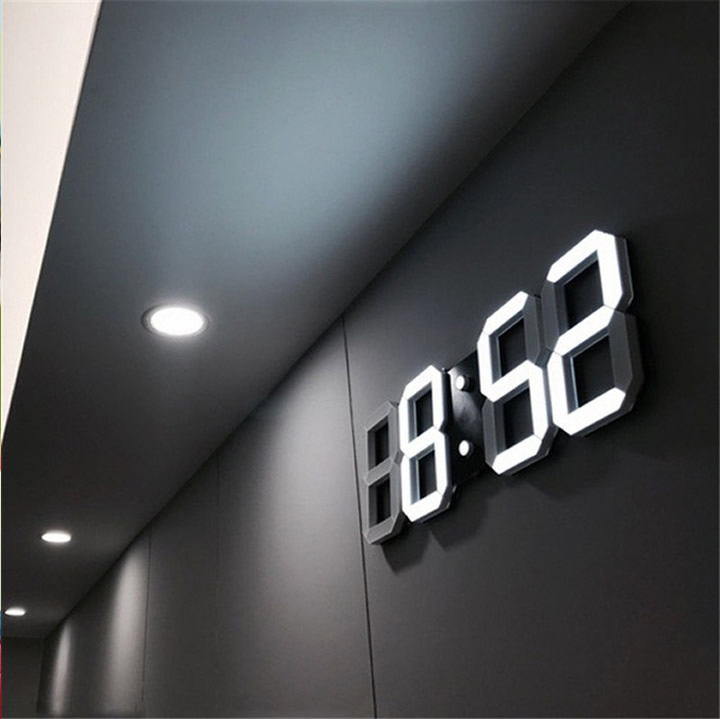The goal of modern business is to reach a wider audience, earn their loyalty, and get more money. However, difficulties can arise because of competition and the era of short attention spans, the constant multitasking of the consumer.
Companies are now using a variety of tactics to attract and entice customers to buy their services and products. For example, «countdown timers» can be used. This article will talk about what they do and how they work in general.
Countdown timer mechanism
A countdown timer is an active clock that expires at a certain point set on the site by the business owner or his employees. It can also often be found inside emails, where the consumer sees a deadline before sales begin or end, the expiration of an exclusive offer or promotion.
Timers are a clear visual cue that tells customers that if they want a product, they must take action within a certain period of time. The text near the expiration time should have not only a description of the offer but also an indication of further action by the consumer.
Customers who get to the site and spend some time there are very likely to buy the product, but not immediately. Offering incentives with countdown timers for websites can be a great way to get them interested and encourage them to make a purchase.
The key point when using this tool is that the information is there for the customer:
- be useful;
- be relevant;
- be unobtrusive;
- help to make a decision.
Typically, the countdown timer is used more often on home pages, so that it is immediately noticeable. In addition, it is often displayed in categories to highlight certain products or services that have a limited-time special offer.
For example, when new products are launched or the demand for those that need to be sold sooner is intensified. People currently on the site do see that time is running out and there may not be another such offer. This becomes a factor in their buying decision.
The impact of countdown timers on the consumer
The timer does not do a difficult job at all: it creates a sense of urgency. This is not unimportant, because it creates a fear of being late and missing out on benefits. The principles of psychology are at work here:
- First, the fear of missing an opportunity excites many people;
- Secondly, subconsciously people tend to believe in the limited offer more through the countdown timer (rather than simply through exclamations about the end of the promotion on the site);
- Third, the desire to be the lucky one who got in on a good deal is triggered.
Countdown timers are specific and better at attracting the attention of site visitors. Vague statements or banners don’t always work. If you look at any Web page, you’ll find that almost all content is static. Timers, on the other hand, are not. The human brain is programmed to continuously scan the environment for opportunities and dangers. That which continues to change rapidly attracts our attention. We focus on the animation of the timer, familiarize ourselves with the information, and then decide on further action.
not. The human brain is programmed to continuously scan the environment for opportunities and dangers. That which continues to change rapidly attracts our attention. We focus on the animation of the timer, familiarize ourselves with the information, and then decide on further action.
If the customer stops to look at the offer, rather than just flipping through it like so much else on the pages, that’s already a step toward sales. And when you can still see that the timer is expiring before the consumer has to take advantage of the discount, his attention will be focused on placing the order rather than on the distraction. This will inevitably lead to higher and faster conversions.
How to use countdown timers correctly
The urgency created by countdown timers works well, so it can be tempting to use fake deadlines to increase sales. It’s worth emphasizing that this approach runs the risk of alienating customers and making them less likely to return to the site.
In addition, site visitors may think you’re going out of business because you’re selling out actively or don’t have enough items to sell. That’s why it’s important to exercise caution when setting countdown timers.
Now in the marketing world, the trend is for trust, so don’t deceive your customers. It is better to prescribe a separate sales strategy for this tool, which will determine which special offers and when to put such a timer. This will bring more peace of mind and confidence in future purchases than chaotic attempts to sell everything through a lack of time.
Provide useful information. It should be about helping the buyer, not treating it solely as a sales technique. For example, customers will worry about the start date of a new line of designer clothes in order to have time to buy something from the limited edition collection.
In such a situation, it is the countdown timer that can help to display this information clearly.

